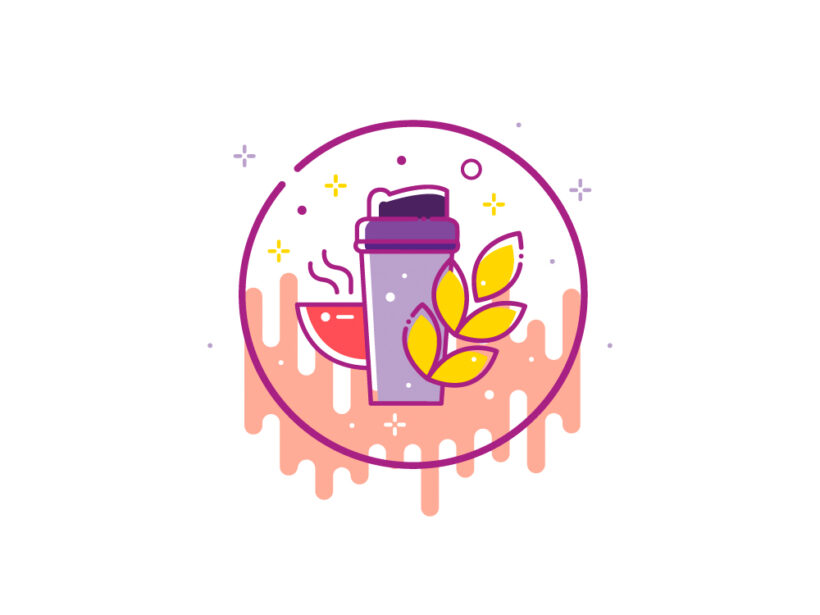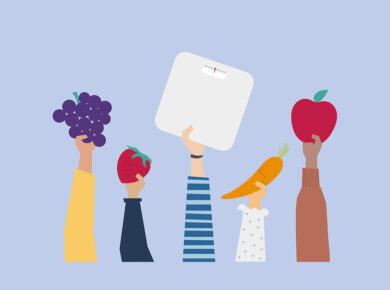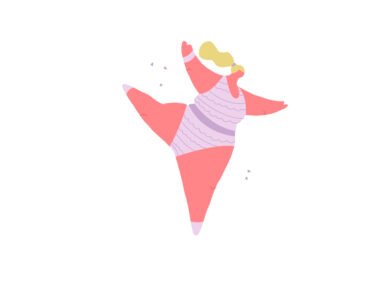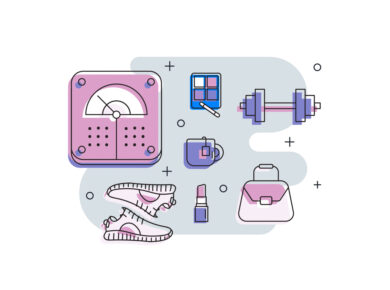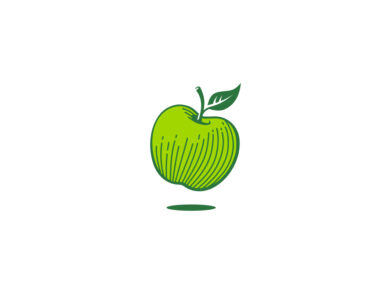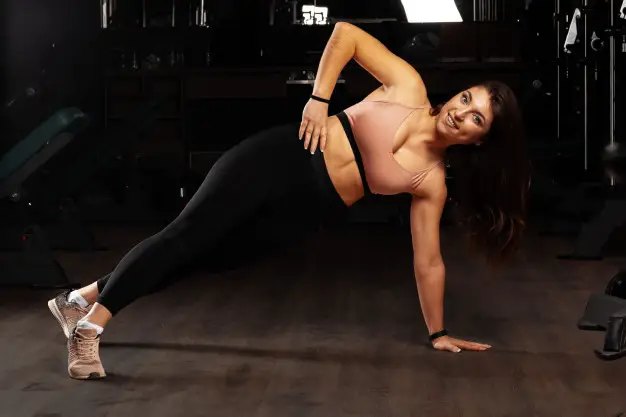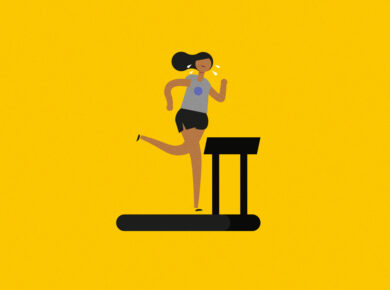If you’ve been wondering what is this keto thing, I have a lot to share with you on how to start a keto diet so you can lose weight fast.
I’ll jump directly to the structure of the diet itself because I already talked about the basics of the keto diet in another post. I recommend you check it out before starting everything.
Essentials Of How To Start A Keto Diet
Ok, let me briefly touch up again on some basic things you need to know before you start your keto diet journey.
Keto diet is really the new fad diet these days because it has proven to be so effective for weight loss as well as for improving our general health.
Weight loss is almost guaranteed if you do it properly. And it’s a safe and natural way of losing weight fast.
Keto Diet short for ketogenic diet is a form of diet where you “force” your body to take its energy from fats instead of sugar.
Normally, the body breaks down the carbs in the foods you eat and turn them into glucose.
Then, it uses this glucose in your blood to get its energy to perform its essential functions.
But, when you’re on a keto diet, you will tell your body to not draw its energy from sugar but rather from fats.
As a result, weight loss happens.
Save Pin to Your Favorite Pinterest Board
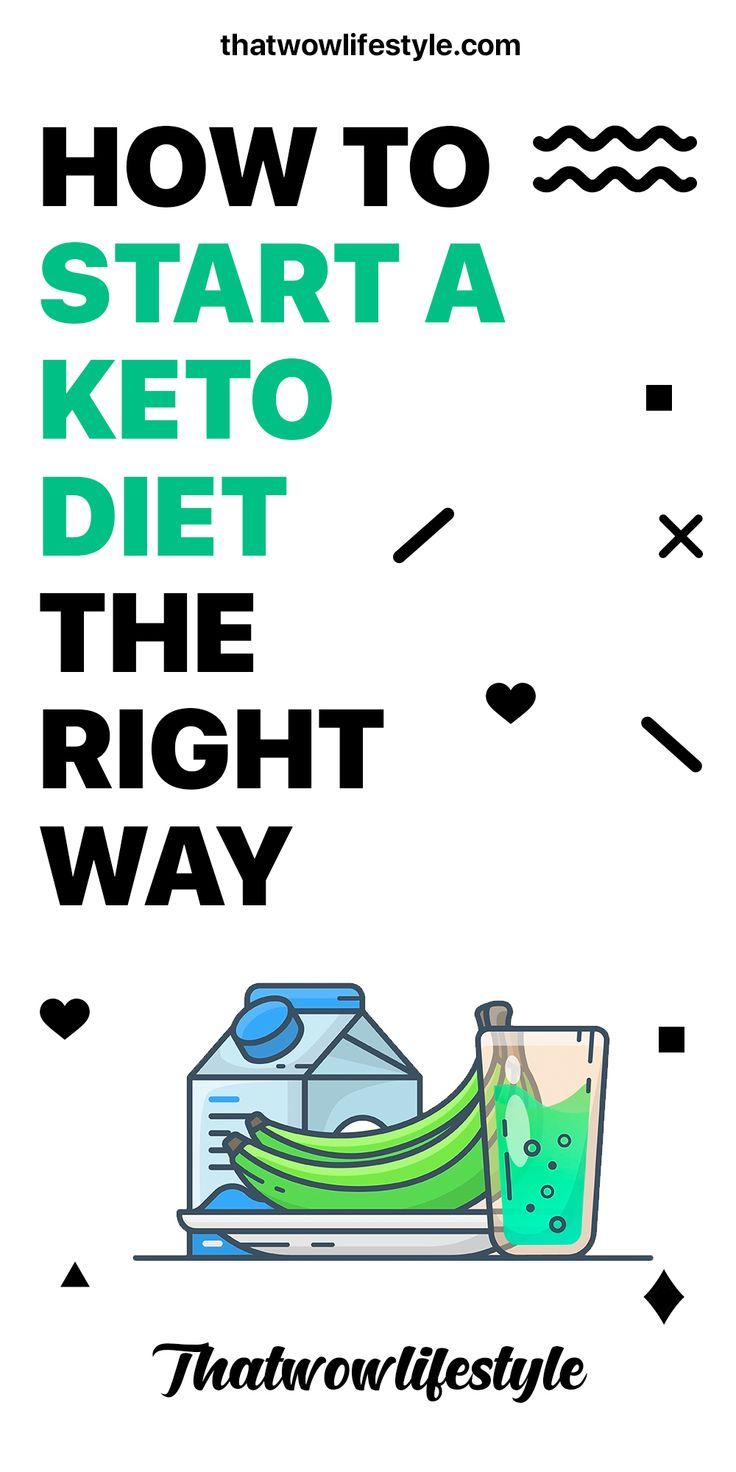
Steps To Get Into Ketosis
When the body is subject to low availability of glucose in the body, it produces ketones.
Now, to be able to instruct your body that it should use fats for energy, instead of sugar, you must subject your metabolism to a new “state of operation”…
It’s called the ketosis state! Ketosis is simply the state in which your body switches from sugar to fat storage as its new fuel source.
It’s important to note that your body does not enter a ketosis state overnight.
It usually takes a few weeks to reach ketosis while some people can take up to a week only to reach ketosis.
So, to enter into this state of ketosis, your body must “release” a high level of ketones first. And usually, the ketone bodies are found in the blood or urine.
Fortunately, there are some ways to naturally put your body into ketosis.
Cut Down On Carbs
Reducing your intake of carbs is the very first step to getting into ketosis.
Remember, I told you a few lines before that our body breaks down carbs and turns it into glucose.
By reducing your carb intake, your body will, therefore, produce less sugar and will look for those fatty acids.
Again, your body will start burning the fats to get energy.
For this purpose, you will need to take around 20g-50g of net carbs per day.
But it depends on each and everyone’s metabolism. Not every person’s body works the same way.
Some people have experienced ketosis by eating a bit more than 20g of carbs. But 20g is the general and ideal amount to put your body into ketosis fast.
Also, after you know you’re finally in ketosis, you can gradually add more carbs to your diet while making sure you maintain this ketosis state.
Add Up Fats
Taking healthy fats is the second-best way to get your body into a ketosis state.
Eating more fats will quickly boost your metabolism to produce more ketones, therefore putting your body into ketosis.
Check Your Protein Consumption
There’s this misconception about protein intake that I want to address.
An adequate, not excessive, intake of protein is essential for the body. Without protein, you can experience many issues.
Protein should be taken to keep muscle mass, protect the skin complexion and for other important functions.
When you take the right amount of protein, this allows the body to produce the right amount of ketones, which are essential for weight loss.
Hydrate Yourself
Besides the fact that water is generally important for health, drinking water regularly has the ability to put your body into ketosis fast.
When you’re eating such a small portion of carbs, you need to know that you are also getting rid of water, through urine.
But you can’t afford not to replace this water you’re flushing out. Otherwise, you might get kidney issues.
Water plays a great role in inducing your body into ketosis. So, you should make it a must to drink at least 2L of water daily.
Intermittent Fasting
Intermittent fasting has proven to work very well with a keto diet.
To get into ketosis quicker, you can do a short fast during the first week of your diet.
What happens is that your body will have no carbs to burn and will resort to burning your stored fats.
By doing this, you will be instructing your body to take its energy from body fat since your glucose level will be so low.
Start Exercising
When you exercise, you are actually increasing the production of ketones in your body.
The way small workouts can help you get into ketosis is that they are actually exhausting the glucose storage in your body, which is known as the glycogen storage.
Ketosis Signals
Luckily, your body will send you some signals that you have finally reached a ketosis state.
You can actually make a blood test to check the level of your ketones so you know if you are in ketosis.
But if you don’t want to go this route, your body itself will show you some natural signs that you are in ketosis.
A few symptoms you will have are:
- Rapid weight loss in the first weeks
- Loss of appetite
- Increase of energy
- Better mental clarity & focus
- Bad breath
- Sleep commotion
Note that you may or may not have all these symptoms mentioned. Again, it depends on each and everyone’s metabolism.
Calculate Your Macros
Calculating your macros will be one of the fundamental keys to your keto diet success.
You just can’t go blindly about the number of carbs, protein, and fats you need to consume every day.
Doing this will result in a waste of time, energy and you will think that keto isn’t effective for weight loss.
So, you NEED to calculate your macros before getting on a keto diet.
Thanks to some amazing macro calculators, you can easily track your macros and this will surely help you in your weight loss journey.
You can use this free macro calculator here.
When you calculate your macros, which involves a few factors such as your age, height and how active you are, you will be given a calorie guideline.
This will tell you how many fats, carbs, and protein you need to consume every day to be able to reach your desired weight using the keto diet.
It’s also important to check it out again after starting to lose weight.
The numbers will change when you lose weight and your body might then need a bit of a tweak in your fats, carbs and protein intake.
Carbs, Protein & Fat Intake Explained
Basically, these are the main elements we deal with for weight loss.
When talking about carbs, we need to focus on net carbs.
Net carbs is essentially total carbs minus fiber. We look more into net carbs so as not to allow fibers to cause spikes in the blood sugar levels which can impact your weight loss.
That’s why it’s important, as of now, to check out the nutrients fact per serving when you buy something to eat. Remember to subtract the amount of fiber from the total carbs!
Essentially, when you are doing a keto diet, your net carb intake should be 5-10 % of your total calories, which translates into 20-30g of net carbs per day.
Protein
As I said in the beginning, protein consumption is essential for the good running of your keto diet.
Too much protein can kick you out of ketosis state and inadequate protein can affect your muscle mass and provoke increased cravings.
Therefore, 20-25 % of your total calories should be your daily consumption of protein.
Fats
This is the most essential one in a keto diet because you want to make your body switch from sugar to fats for its primary source of energy.
That’s why 70-75 % of your total calories intake should be fats.
What To Eat When Keto Dieting
Now we will talk about the foods you SHOULD eat for the best keto results.
As you know now, you should be eating more healthy fats so your body uses them as its main source of fuel/energy.
Not all fats are healthy fats and there are fats that can and will alter your weight loss.
The first weeks where your body will adapt itself to the keto diet is so so important. You don’t want to mess it up by eating a bad fat!
Below is a list of the best and healthy foods you can eat when you will start your keto diet:
- Veggies: Broccoli, Bell Pepper, Green Beans, Mushroom, Zucchini, Cauliflower, Avocados
Protein: Eggs, Chicken, Beef, Fish, Turkey & Pork
Dairy: Nuts, Yogurt, Cottage Cheese, Soy Milk, Tofu, Cheese & Tempeh
How To Start A Keto Diet
Keto Diet can be a little hard for beginners. That’s why it’s essential to prepare yourself mentally and set some goals.
It’s fundamental for you as a beginner to get in the right spirit on how to start a keto diet.
Switching your body’s main fuel source might not be the easiest thing to do.
Educate yourself on the subject and start gradually. It’s ok if you take time to get into ketosis.
You should not rush things so as not to hurt your body especially your digestive system. If you’re not used to a high intake of fats, do it progressively.
If you can find a keto diet buddy, this can be a great motivation.
You can share your experiences, encourage yourself mutually and take this journey together!
With that said, you can start by reducing your carb intake to 20-50g per day. This will definitely create a big void in your way of eating and in your stomach. That’s when you should add up some healthy fats to fill up the empty space.
Healthy fats are found in foods such as avocado, meat, fish, coconut milk and healthy oils.
The best way to start your day is to drink a glass of water and take 2 teaspoons of coconut oil (MCT Oil).
Later in the morning, you can boost your system with a healthy smoothie or coffee.
You can click here for the best homemade smoothies that will help you lose weight.
Add in a few workouts to keep you energized.
Bottomline
Here you are with my best tips on how to start a keto diet for beginners who want to lose weight. I really hope this guide will help you.
